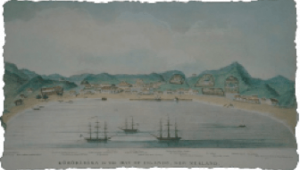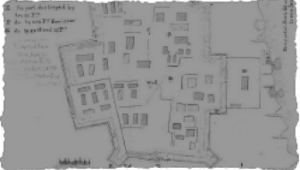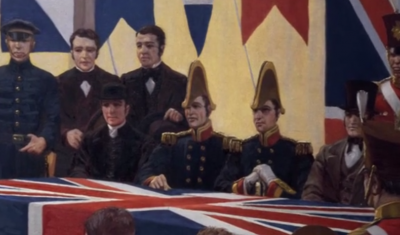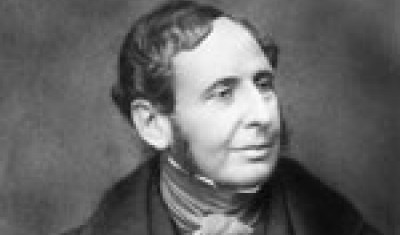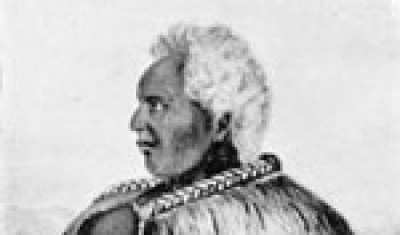
The lead up



Before Ruapekapeka, Hōne Heke made a serious attempt to negotiate peace. However, Governor Fitzroy demanded the forfeiture of land to “atone” for the loss of Kororāreka. To Heke and Kawiti, the thought of ceding land to the British was utterly unacceptable. Fitzroy did have a genuine desire for peace, but he simply didn’t understand the extreme significance of land in the Māori world.
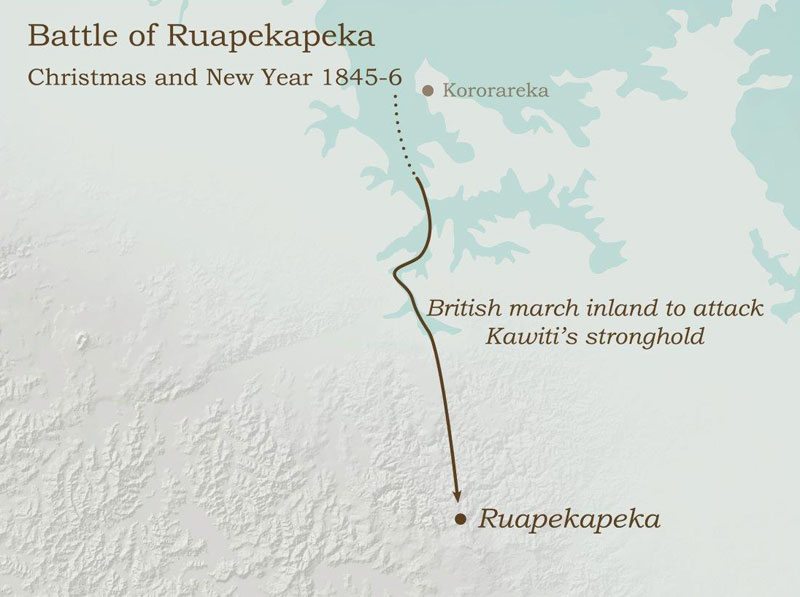
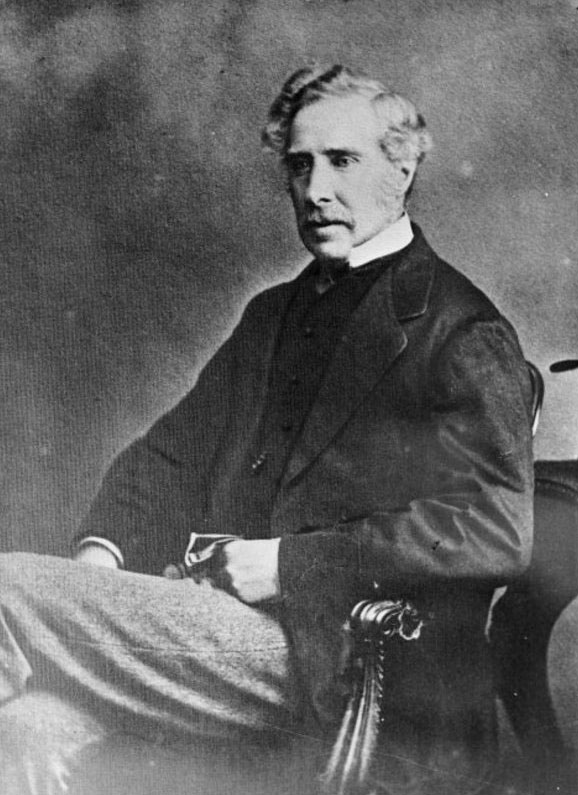
Sir George Grey, Governor of New Zealand during the Battle of Ruapekapeka. This photo was taken in about 1875, three decades after the battle.
From Alexander Turnbull Library ref. 1/1-001345-G
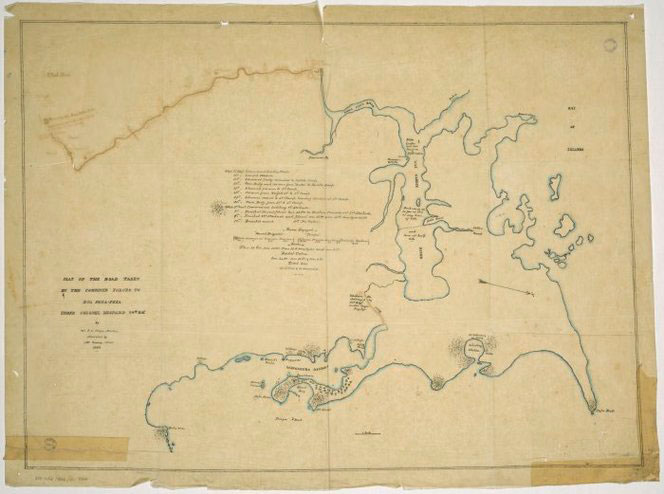
Map showing routes taken by British forces to Ruapekapeka in 1845.
By J. G. Nops. From the Alexander Turnbull Library ref. MapCol-832.11hk/1846/Acc.35844
“Sir, if you are very desirous to get my land, I shall be equally desirous to retain it for myself.”
Kawiti, October 1845, letter to Fitzroy
“Land? Not by any means, because God mad this country for us; it cannot be sliced, if it were a whale it might be sliced; but as for this, do you return to your own country, to England, which was made by God for you. God has made this land for us, and not for any stranger or foreign nation to touch (or meddle with) this sacred country.”
Heke, December 1845, letter to Grey
Fitzroy’s days of governing were numbered. The Colonial Office, unhappy with his performance, sent George Grey to replace him in November 1845. Grey was a more ruthless man than Fitzroy, and his first thought was to force the “rebels” to submit. He sent Heke and Kawiti an unreasonable ultimatum, still demanding the cessation of land. Of course, Grey’s purported peace negotiations were destined to fail.
“Had the natives been so disposed, a small party might have proved very troublesome to our people going back and forwards.”
Henry McKillop, soldier
Around Christmas time in 1845, the British forces began to arrive at Ruapekapeka. The troops were set to work building the main camp and setting up firing positions, of which there were three. The main battery and stockade was located about 400 yards from the pā, housing the mortars and two of the 32-pounder cannons. The bombardment began in earnest on December 31, although it was not until January 10 that all 13 pieces of artillery were in place.
